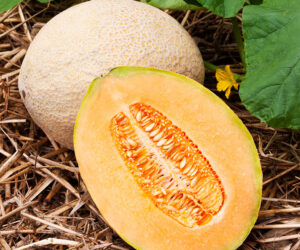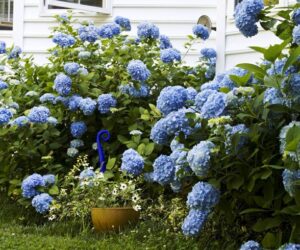Everybody loves cucumbers! They are so crispy and tasty, and homegrown cucumbers taste even better. You can easily grow them in your garden, greenhouse, or even in pots. Just choose the right variety for you and read our easy tips on growing them. Let’s start by sharing some basic facts about this popular veggie…
Cucumbers are tropical vegetables, and they grow in warm weather where there is lots of water. This means they are frost-tender and can be grown outside only after 2-3 weeks after the last frost date. There are two forms of cucumber plants – bush and vining. Bush varieties are perfect for small gardens and containers, but if you have enough space, it is better to choose from the vining varieties because they produce straighter fruit with less disease.
Growing cucumbers is easy. In fact, cucumbers are the second most popular vegetable grown in the home garden, ranked right after tomatoes. Learn everything you need to know to grow them successfully…
1. Choosing The Type and Variety
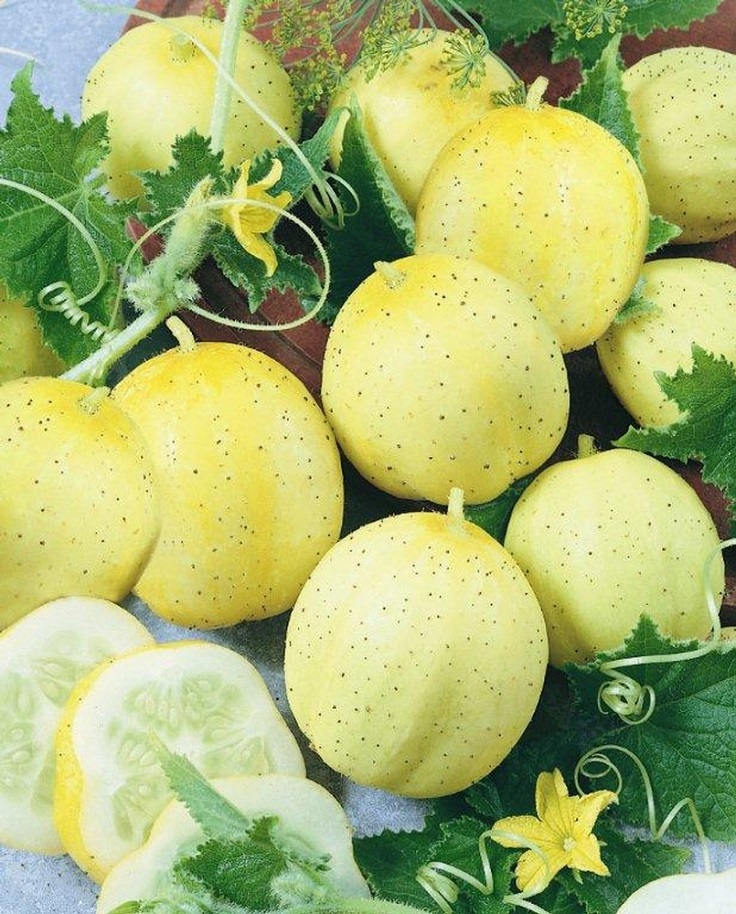
via gardeningintunewithnature.bangordailynews.com
There are two types of cucumbers – outdoors and indoors. If you have a greenhouse, then it is worth growing cucumbers inside. This type of cucumbers produces long, smooth fruits similar to those sold in the supermarket. They do not need pollination; in fact, you can buy all the female plants. Try F1 hybrid varieties like Cucumber ‘Flamingo’, which produces only female flowers. Other good varieties include ‘Delizia,’ ‘Tiffany,’ and ‘Carmen.’
The other type of cucumbers that should be grown outside are called ridge cucumbers. Their fruit is slightly shorter with rougher skin. You need to have both male and female plants as they need pollinating. What is fun about ridge cucumbers is that there are so many interesting varieties like white, yellow, or even ball-shaped cucumbers like ‘Sunsweet,’ ‘Crystal Apple’ and ‘Long White.’ If you want regular ridge cucumbers, try ‘Burpless Tasty Green,’ ‘Green Fingers,’ or ‘Masterpiece.’
2. Solid Preparation
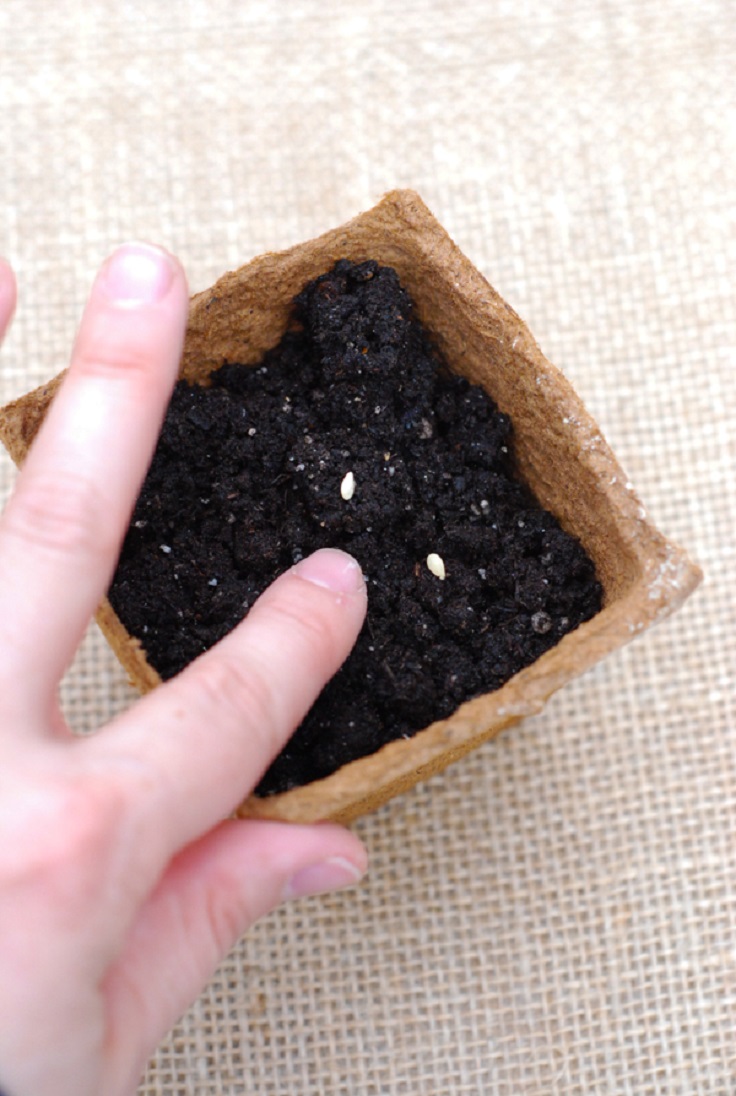
Now that you have chosen your varieties, it is time to prepare everything before going to the next step – planting. Start by choosing the perfect spot which will be sunny enough. The soil should be fertile and well-drained. If you want an early harvest, it is recommended to start a few plants indoors a month before your last spring frost date.
3. Successful Planting
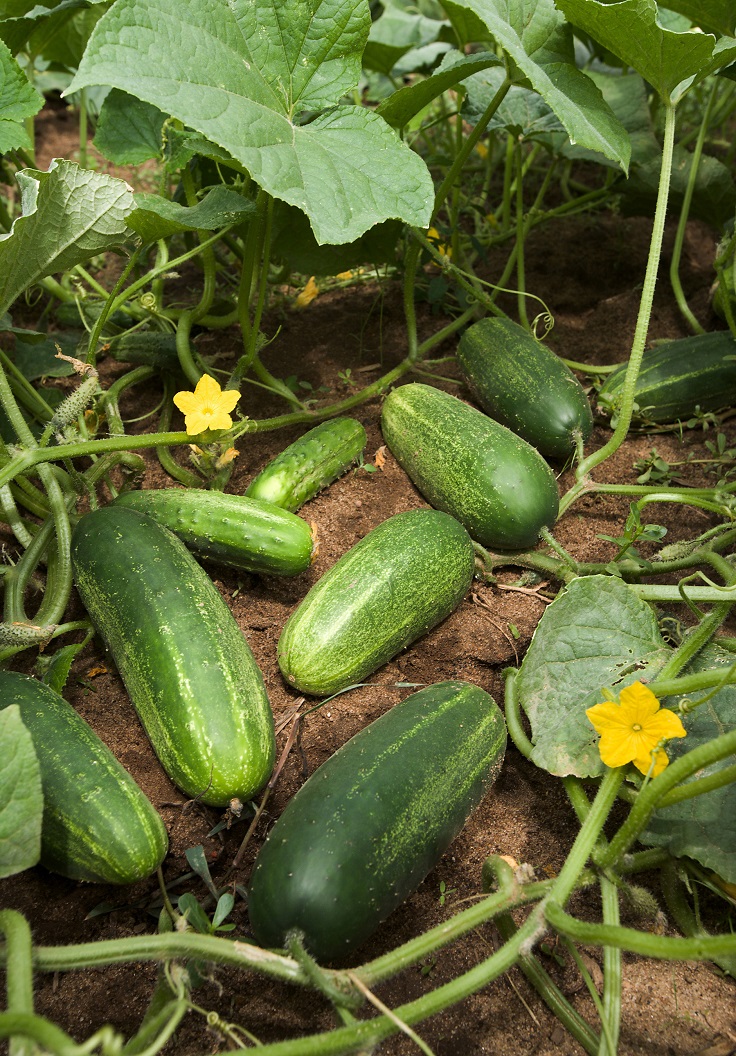
It is planting time! You can choose to sow the seeds directly in your garden, but make sure any danger of frost has passed. After 4 to 5 weeks, make another sowing so you can enjoy tasty cucumbers in early fall as well. If you want to seed in rows, then plant seeds 1 inch deep and about 6 inches apart. If you need to seed on a hill, plant four or five seeds in 1-foot-diameter circles set 5 to 6 feet apart.
4. Steady Water Supply
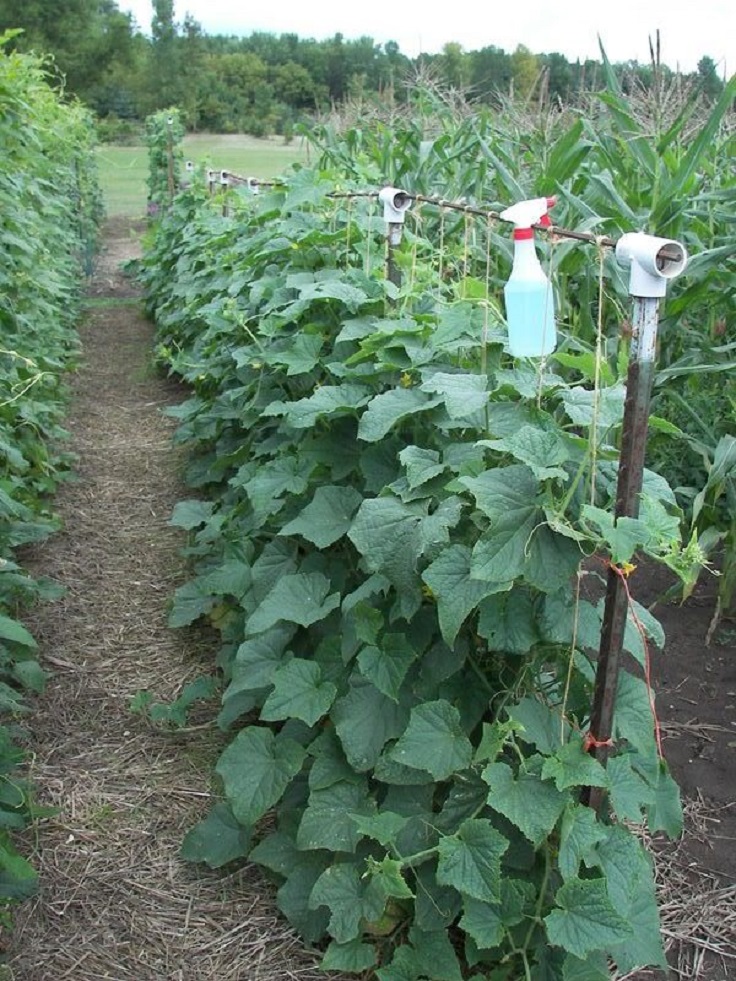
via pinterest.com
Now you need to help your plants establish cause once they do, it is very easy to grow them. Just keep them well watered. A steady water supply is crucial and will increase crop yields. Although a drip irrigation system is recommended, if you don’t have one water deeply once a week, applying at least one inch of water.
5. Fertilizing and Mulching
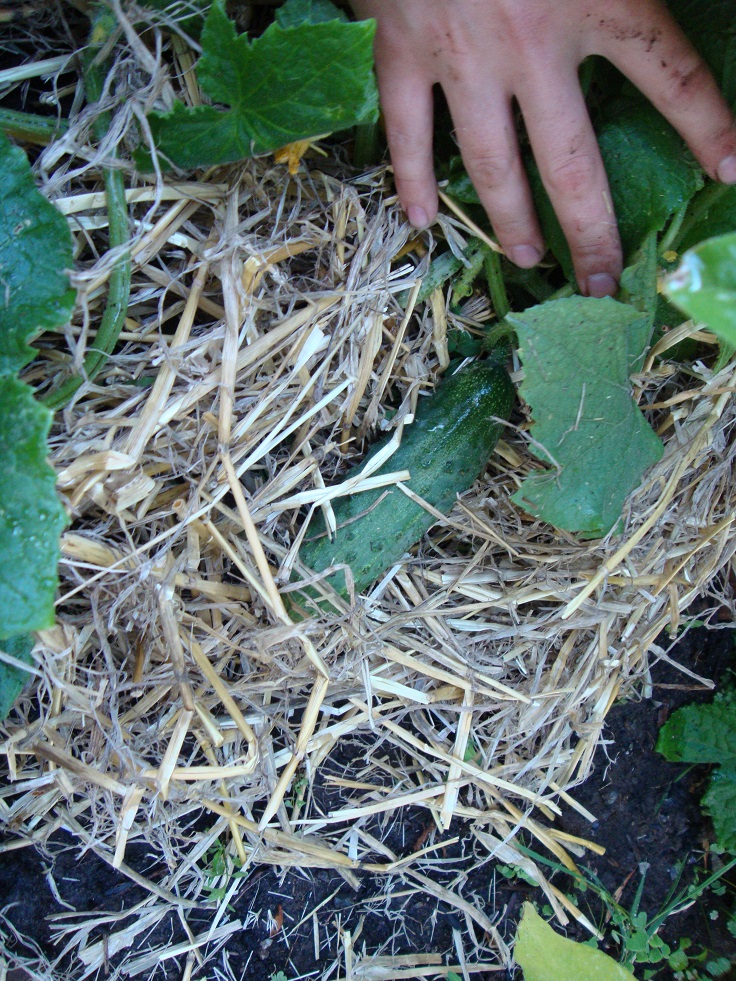
via lunarharvest.wordpress.com
4 weeks after planting, apply two handfuls of good compost or a tablespoon of 5-10-10 or similar fertilizer followed by a thick layer of mulch. Just as a steady water supply, cucumbers need to be well fed as well. If you have already added organic matter to the soil before planting, then your plants won’t need fertilizer early in the season. However, feeding will be much needed once the cucumbers are blossoming and start to set the fruit. Use a high potash feed every two weeks for best results.
6. Training and Removing Flowers
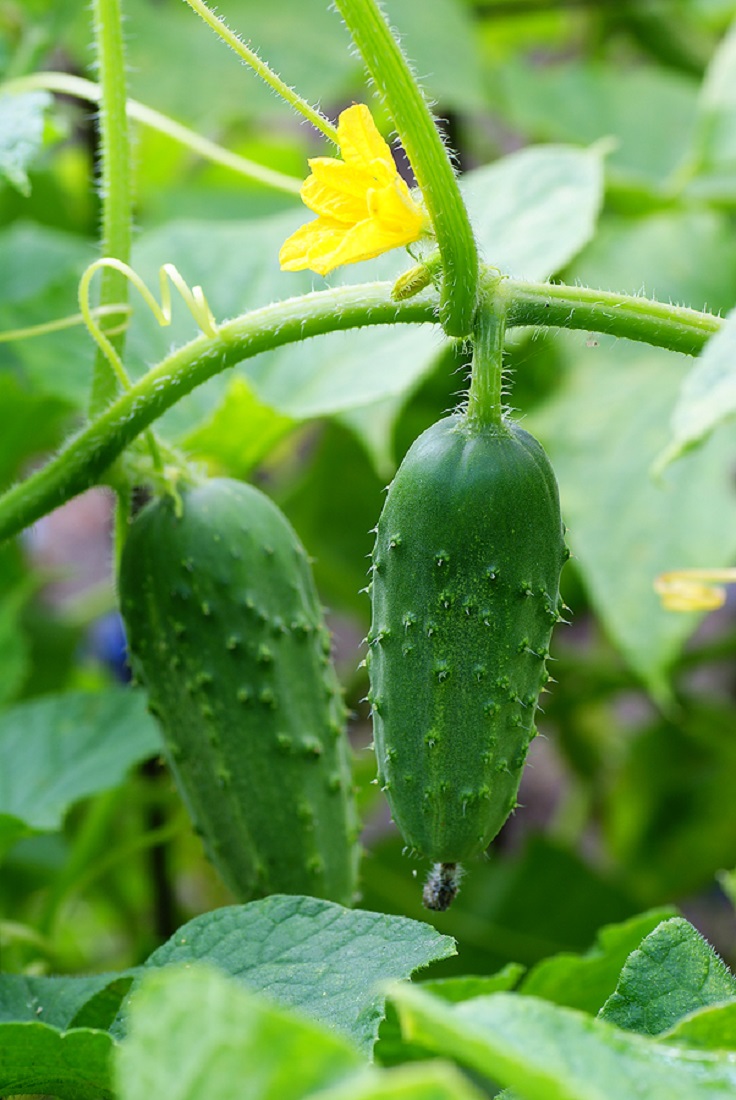
Luckily, outdoor cucumbers won’t need any training in canes. You can let them sprawl across the grown. To encourage fruiting side shoots, pinch out at the main stem after 7 leaves have formed. As we mentioned previously, ridge cucumbers need pollination, so do not remove the male plants’ flowers. Greenhouse cucumbers have different requirements, which you can find below.
7. Growing Indoors
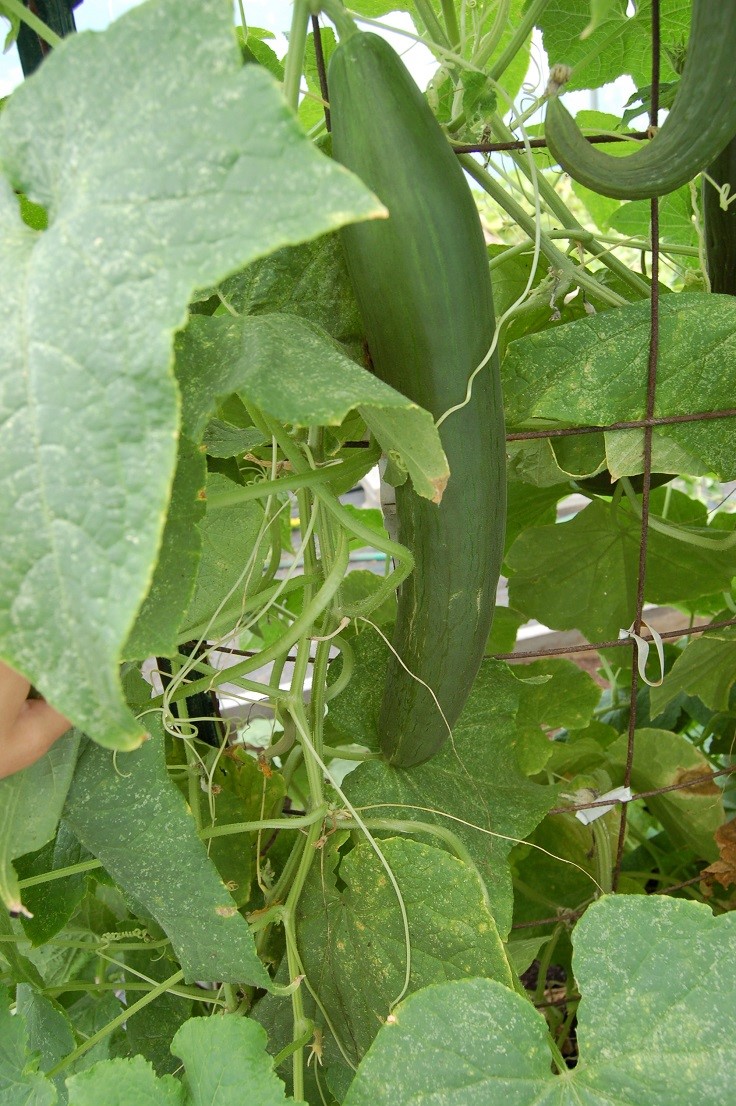
Cucumbers that are grown in greenhouses need a bit more care, including training and removing flowers. But it is all worth it because the fruits are long and smooth and very tasty. For starters, you should transfer young plants to 25 cm pots in late March if your greenhouse is heated and late May if it isn’t. The compost should always be moist, so water little and often. You should train the main stems up; when the growing point reaches the roof, simply pinch it. Also, pinch out the tips of the side shoots two leaves beyond a female flower, and the tips of the flowerless side shoot once they reach 60 cm. As for pollination, indoor varieties are self-pollinated, so you need to remove male flowers or simply grow female-only plants. What is also important when growing cucumbers indoors is the humidity, which you can obtain by watering the floor. Feed every 10-14 days with a balanced liquid fertilizer.
8. Controlling Pests
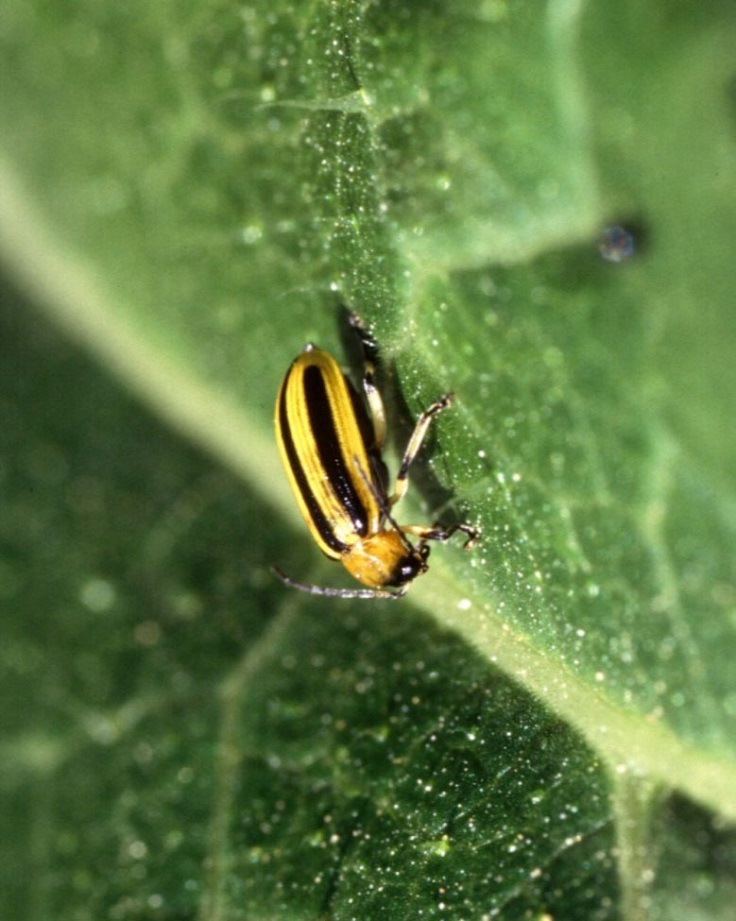
You might face problems from several pests while growing cucumbers. Squash bugs can attack seedlings; aphids can colonize leaves and buds; vines are bothered by cucumber beetles, while powdery mildew is a disease that leaves white, mildew-like patches on the leaves. If you notice the presence of powdery mildew, uses a fungicide. A floating row cover can decrease damage from cucumber beetles. In any case, if your cucumbers are prone to disease, make sure you choose only disease-resistant varieties next season.
9. Harvesting

Normally, harvesting starts after 12 weeks of sewing or when the fruits are big enough to use. Keep in mind that cucumbers grow quickly, so you should check your vines daily. The more you harvest, the more fruit will be produced. Ensure you use a sharp knife or pair of secateurs as harvesting by pulling may damage the vine. Never let cucumbers get over ripped as they will taste bitter. Outdoor picking usually finishes by mid-September, while harvesting indoors can go on into mid-October.
10. Storage

via thekitchn.com
For experiencing the very best flavor, cucumbers should be consumed as soon as possible after harvesting. Of course, you can keep them in the fridge for up to 10 days. It is good to know that wrapping the fruits in plastic wrap or putting them in a zipper bag will keep them crispier and fresher longer. There is no need to peel homegrown cukes. Because of their high water content, cucumbers don’t store well, so if you can not eat them all in 10 days, it is good to pickle them.


